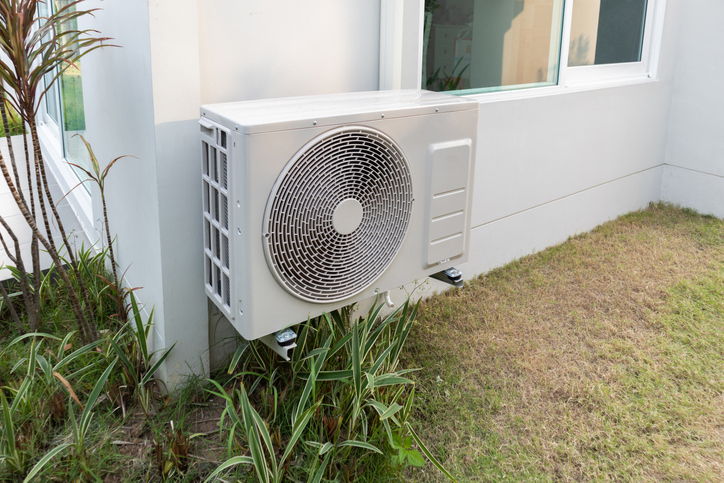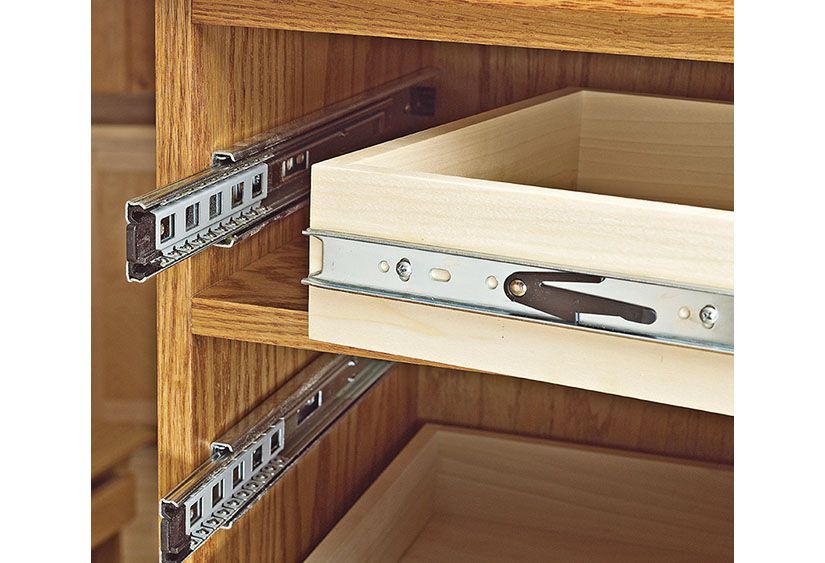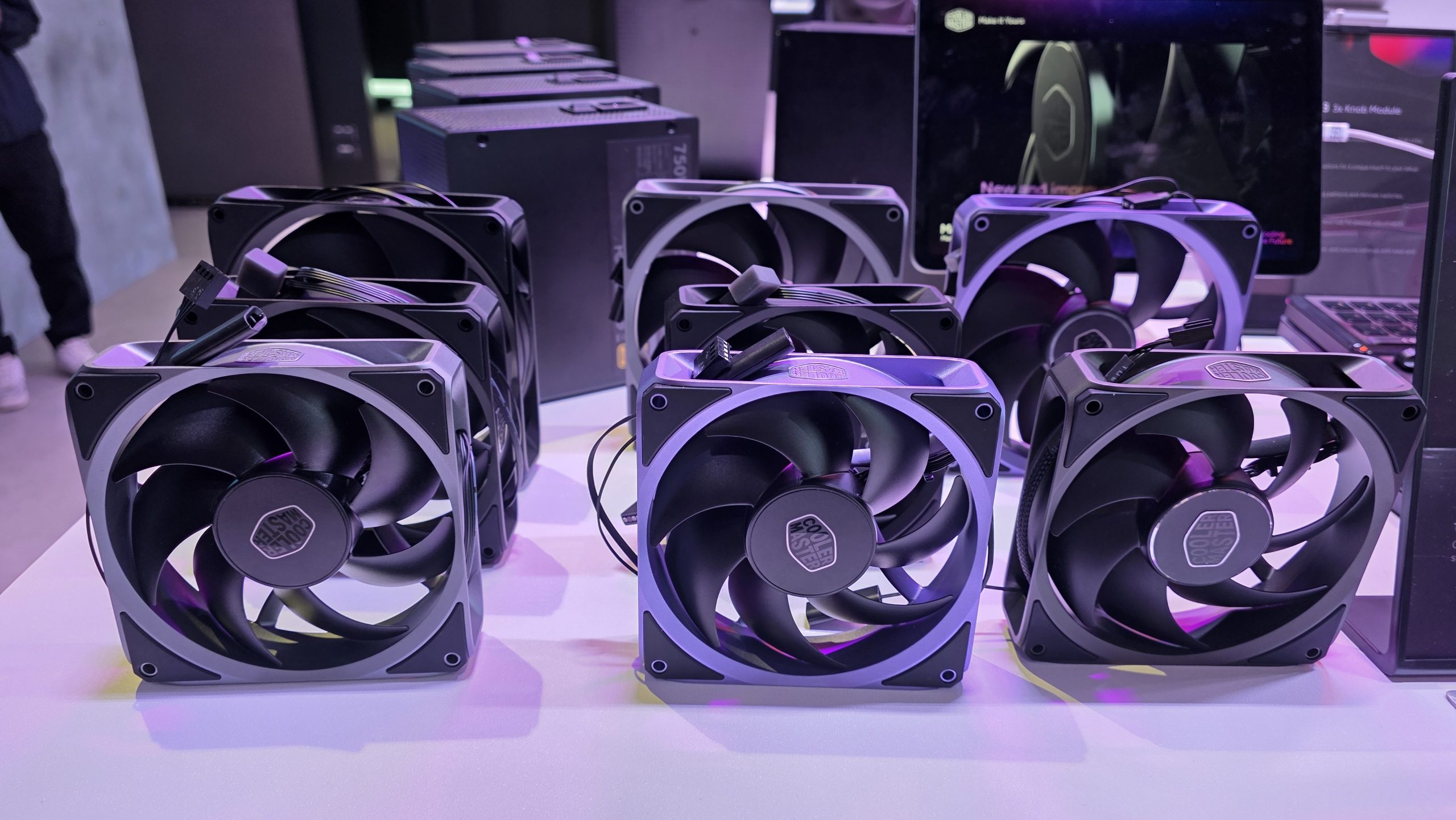Effective Mediation Programs Develop Leaders With Excellent Communication Skills
Strong communication is a core skill for anyone who wants to lead with confidence and clarity. Effective mediation programs help people build these skills by offering practical training that focuses on listening, clear speaking, and structured problem-solving. The introduction of guided mediation methods allows individuals to understand how conflicts grow and how they can be resolved with calm and respect. This creates leaders who communicate with purpose, connect better with people, and guide teams toward solutions instead of arguments. Mediation programs are useful for professionals at all levels who want to grow into strong communicators.
Effective mediation programs offer direct methods that help individuals handle conflict with clarity. These programs teach how to stay calm during tense situations, how to choose the right words, and how to respect different viewpoints. The aim is simple: develop leaders who know how to guide conversations in a productive direction. Participants learn to express themselves clearly while also understanding the emotions and needs of others. This makes them reliable communicators who can create trust and maintain strong relationships. Because mediation training is practical, learners can immediately use the techniques in their work or personal life.
Key strengths of effective mediation programs include:
- Building confidence through structured communication practice
- Helping people control emotions during challenging discussions
- Teaching active listening that supports understanding
- Encouraging respectful and solution-focused conversations
- Strengthening leadership presence through calm decision-making
Mediation programs focus on real-life scenarios that leaders face every day. Learners practice how to respond when conflicts arise, how to reduce tension, and how to guide both sides to a fair outcome. This training helps them avoid misunderstandings and keeps communication smooth and clear. Another benefit is the development of emotional awareness. Effective leaders must understand not only what people say but also what they feel. Mediation training teaches how to recognize emotions, respond to them with empathy, and maintain balance during stressful interactions. This creates leaders who communicate with patience and clarity.
Participants also gain strong problem-solving abilities. Mediation programs teach a step-by-step method that helps identify the root cause of an issue, separate facts from assumptions, and build solutions that everyone can accept. This process improves decision-making and reduces unnecessary conflict. Many organizations grow stronger internally after introducing employees to resources from https://www.adrinstituut.nl/.
Important results of effective mediation training:
- Sharper communication and presentation skills
- Stronger teamwork and cooperation
- Better ability to guide conversations with confidence
- Improved trust between leaders and team members
- Clearer strategies to prevent conflicts before they grow
The final goal of mediation programs is to create leaders who can manage communication challenges with ease. When leaders communicate well, teams become more focused, relationships strengthen, and work becomes smoother. Effective mediation programs give individuals the tools to speak with clarity, listen with purpose, and act with confidence. These are the qualities that define strong leaders. With the right training, anyone can develop excellent communication skills and create a positive impact in their work and personal interactions.







